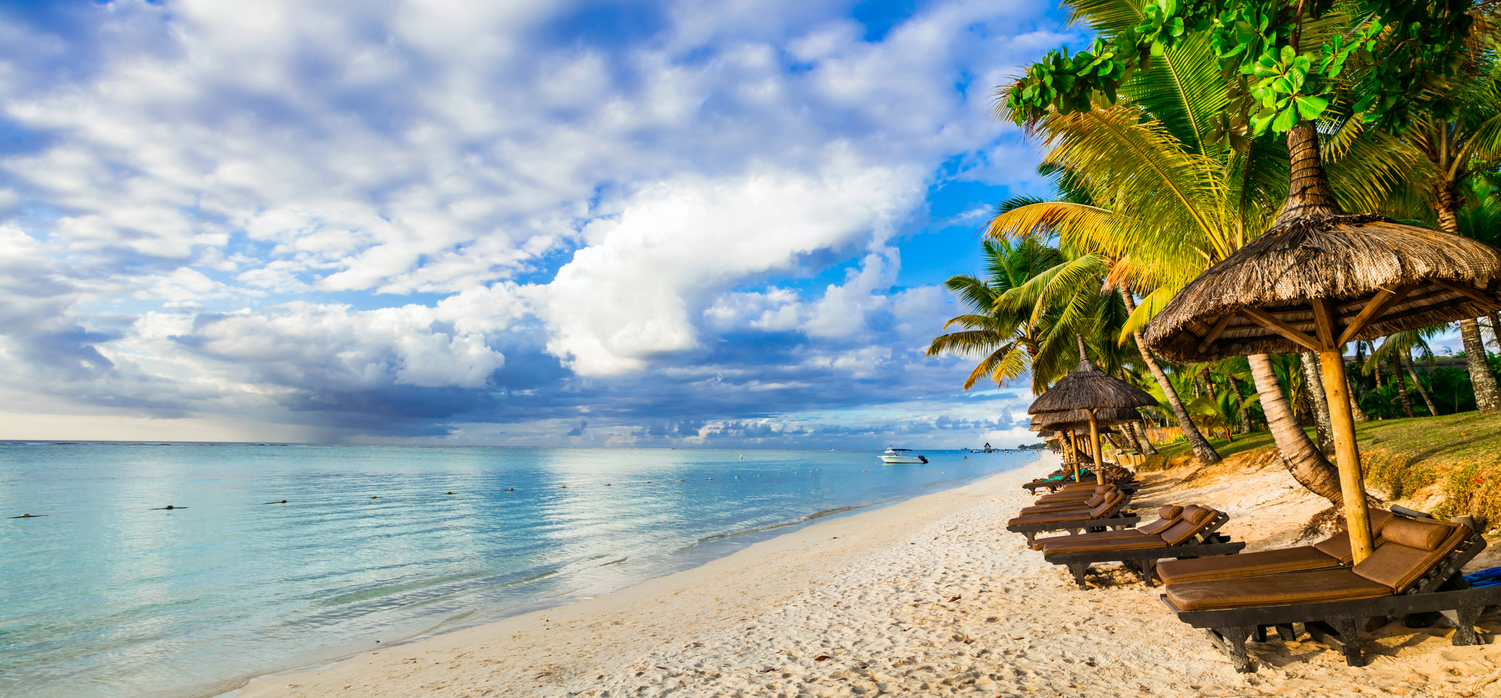2020/09/02
What to Learn from the Grounding Accident Off the Coast of Mauritius - Confirmatory Risk Assessment is Essential for the Operation of Autonomous Ship Navigation

Mitsui O.S.K. Lines, Ltd. (MOL) announced on August 7 that the fuel oil spilled into the sea as a result of the latest grounding accident that occurred on July 26 is causing tremendous damages to the coastal area near the site since a bulk carrier owned by Nagashiki Shipping Co. Ltd. (Head office: Okayama) and time chartered to MOL ran aground off the coast of the Island of Mauritius. As much as 1,000 tonnes of fuel is thought to have leaked out of the ship and accordingly, wetlands, mangrove forests and coral reefs all that are extraordinarily rich in biodiversity are now on the verge of catastrophe. In consideration of the environmental burden, the use of large pumps as well as chemical agents are not acceptable. There is no other way but to clean up the oil by means of a large scale of manpower that will take long years to go till the oil is completely removed. Some experts give warning that it needs 30 years until mangrove forests recover from the damage. Environmental impact on biodiversity is needless to say, especially with species that are unique to the region, but also the adverse effect on Mauritian economy in relation to tourism and fishing industry is seriously concerned.
Most of the maritime accidents are likely to be caused by human errors and omissions such as a steering error or a poor watchstander. In that sense, autonomous navigation of ships is eagerly expected. On August 4, eight countries including Japan, China, Korea, Singapore, Norway, Denmark, Finland and Netherland agreed the establishment of “MASSPorts” which is a network formed by international cooperation designed to promote the practical operation of Maritime Autonomous Surface Ship (MASS). In the days ahead, the cooperative network will work on the development of validated guidelines for MASS, and the coordination of common terminology and standards of communication to enhance inter-operability of systems across different ports.
Japan’s Ministry of Land, Infrastructure, Transport and Tourism plans to establish safety standards on autonomous shipping targeted by 2025. Under the administration of the Nippon Foundation, which is a leading supporter for a private-sector project on unmanned ship navigation, a comprehensive effort will be put into the realization of the autonomous shipping navigation by the united “All Japan” cooperation. In May, NYK Line and its group companies successfully tested the remote navigation of a tugboat within Tokyo Bay by a control from an inland operation center in Hyogo. Following the success, NYK will start to carry out a demonstration trial on unmanned ship operation in the traffic congested areas with the cooperation of NTT Corporation. Likewise, MOL with its partner companies such as Mitsui E&S Shipbuilding have jointly applied to the Nippon Foundation program and will start to conduct demonstration voyages using two different major types of vessels - a coastal containership and a large-scale car ferry.
On August 18, Mauritian government arrested the Indian captain and the chief officer of the grounded ship. It was reported in one way, “there had been a birthday party of a crew member on the ship the day it ran aground” or another, “the ship was navigated close to the shore in order to pick up Wi-Fi signal.” Anyway, a most persuasive reasoning about the accident seems to be attributable to a human error. Aside from that, MOL needs to reevaluate the commitment of the company’s “Safety Operation Supporting Center (SOSC).” After the previous experience of serious marine accidents that occurred in 2006, MOL established the SOSC to support safe vessel operation and to watch every ship navigation on the basis of 24 hours, 7 days a week utilizing the International Maritime Satellite Organization (INMARSAT) satellite with a motto "Never let the captain get isolated." Nevertheless, unfortunately, accident prevention efforts failed again. Hopefully, thorough investigation is to be conducted to clarify the cause of the current accident including the verification of the overall systems to see if there are any technical problems, oversight of risks and also human errors. And then, the findings from the investigation should be released to the public for the realization of the operation of autonomous ship navigation as well as for the prevention of repeated similar accidents. That is the least thing we must do in compensation for the disastrous accident.
This Week's Focus, August 21
Takashi Mizukoshi, The President